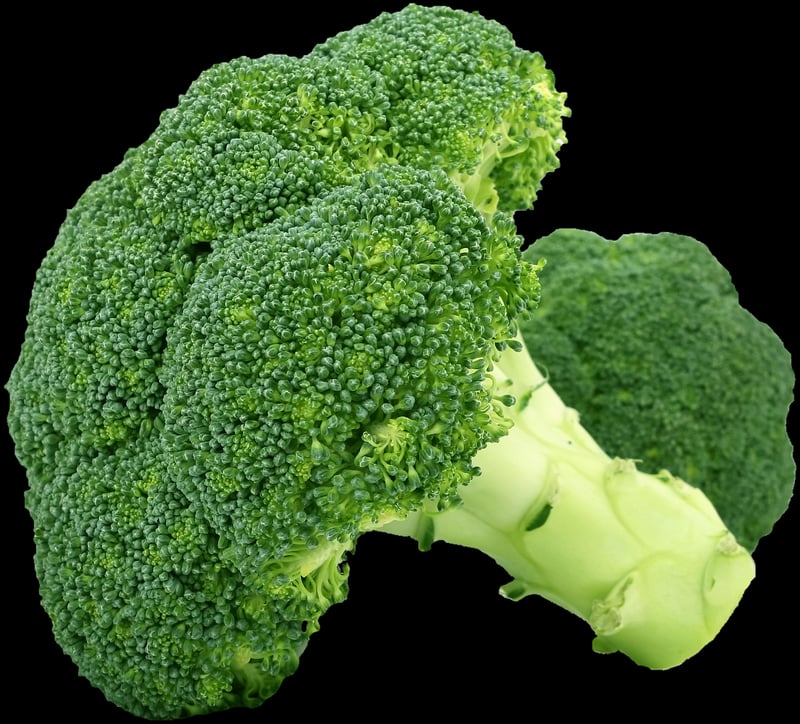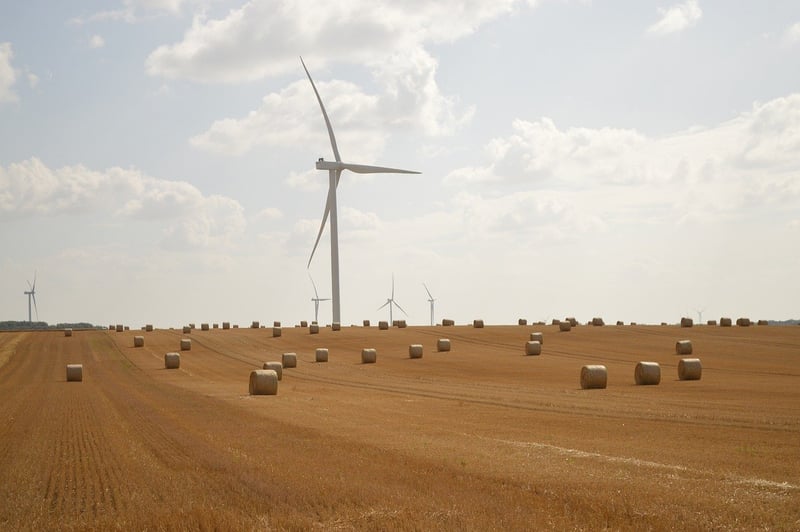Sustainable Harvesting
Efficient Vertical Farming Methods and Sustainable Harvesting
Introduction to Vertical Farming
Vertical farming is a revolutionary approach to agriculture that involves growing crops in vertically stacked layers. This method utilizes controlled environment agriculture technology to optimize plant growth, making it a sustainable solution to traditional farming practices.
Benefits of Vertical Farming
- Maximizes land use efficiency
- Reduces water usage
- Minimizes the need for pesticides
- Enables year-round crop production
- Allows for the cultivation of crops in urban areas
Efficient Vertical Farming Methods
There are several key methods used in vertical farming to maximize efficiency:
- Hydroponics: Growing plants in nutrient-rich water without soil.
- Aeroponics: Misting plant roots with nutrient solutions in a misty environment.
- Vertical stacking: Utilizing vertical space to grow multiple layers of crops.
- LED lighting: Providing specific light wavelengths for optimal plant growth.
Sustainable Harvesting Practices
To ensure sustainable harvesting in vertical farming, farmers can adopt the following practices:
- Harvest at the right time: Monitor plant growth stages to harvest at peak freshness.
- Use efficient harvesting techniques: Minimize waste during the harvesting process.
- Implement crop rotation: Rotate crops to maintain soil health and prevent depletion of nutrients.
- Recycle organic waste: Compost leftover plant material to enrich soil for future crops.
Conclusion
Vertical farming offers a sustainable and efficient way to produce food while minimizing environmental impact. By implementing innovative farming techniques and sustainable harvesting practices, vertical farming can help meet the growing demand for fresh produce in a resource-efficient manner.

Explore more about vertical farming and sustainable harvesting practices to contribute to a greener and more sustainable future!
